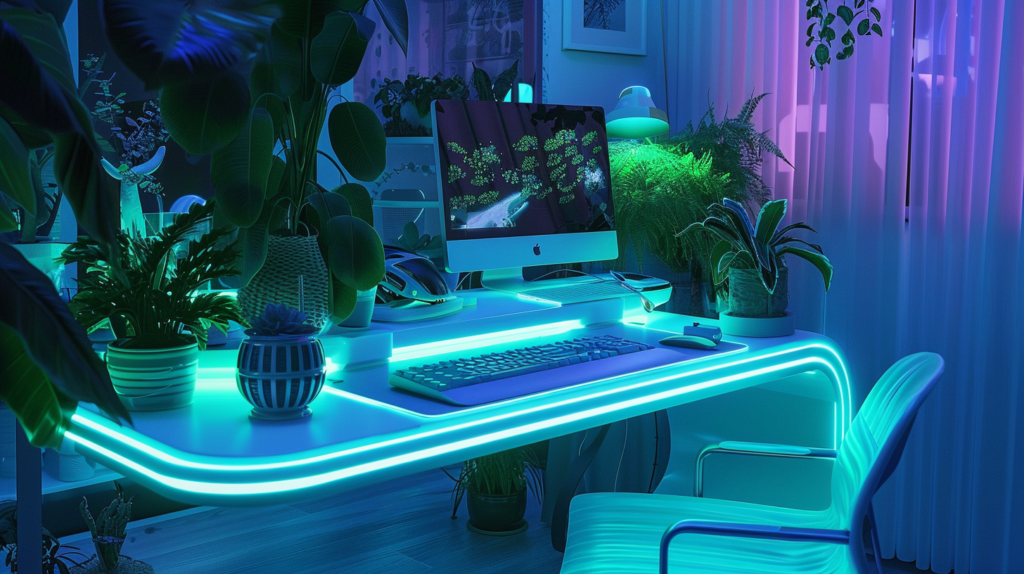
In the unending quest for digital dominance, the wizards of the UX realm have conjured a new brand of magic: Sensory UX Design. As you might deduce from its cunningly straightforward title, this approach to design takes into account not just the visual experience (because, let’s face it, that’s so 2010), but the full sensory experience. We’re talking the whole five sensory caboodle: sight, sound, smell, taste, and touch. Now, before you ask, no, we’re not suggesting you start licking your iPhone.
Sensory UX Design Principles encourage designers to consider the user’s full sensory experience. In other words, the aim is to create a digital landscape that doesn’t just look good, but feels, sounds, and even smells good. And while we’re still a few years away from scratch-and-sniff screens (one can dream), there are ways we can incorporate the other senses into our design strategy.
Let’s start with the sense we’re all most familiar with: sight. Visual aesthetics matter, obviously. We’ve all heard the saying, “Don’t judge a book by its cover,” but let’s be honest, we all do it anyway. For now, let’s focus on using visually appealing colors, intuitive layouts, and emotionally resonant images. These aren’t just pretty baubles; they are key elements of Sensory UX Design Principles that help users feel more comfortable navigating your digital space.
But let’s not stop there. Sound is a powerful tool in the designer’s arsenal. It’s not just about annoying notification beeps or overly loud video autoplay (seriously, who likes those?). A subtle background music or an engaging voiceover can create an immersive experience, heightening the user’s connection to your site or app.
Then there’s touch. Yes, in the world of touchscreens and haptic feedback, the way an interface feels to a user’s fingertips is paramount. A well-designed digital interface should provide tactile feedback that is intuitive and satisfying. The right vibration pattern or touchscreen response can provide a sense of physical interaction that makes the digital feel a bit more real.
Smell and taste, admittedly, are the trickier senses to incorporate in digital design, unless you’re in cahoots with Willy Wonka. Nevertheless, we can hint at these senses through visuals and descriptions. A vivid image of a steaming cup of coffee, complemented with a tantalizing description, can almost make you smell the aroma. Almost.
Sensory UX Design Principles aren’t just about throwing all senses into the mix willy-nilly. They focus on creating a balanced, immersive experience that is customized to the user’s needs. Like a good symphony, each sense plays its part, blending seamlessly into a cohesive whole.
In conclusion, Sensory UX Design is no longer a niche, it stands as a guiding star in the vast universe of UX design. It’s about treating users not just as eyeballs glued to a screen, but as complex beings with a range of senses that can be engaged and delighted.
And remember, we’re not just designing for digital anymore, we’re designing for digital humans. So, let’s keep pushing boundaries, stirring senses, and daring to design for the full human experience. After all, what’s design without a little adventure, eh?


